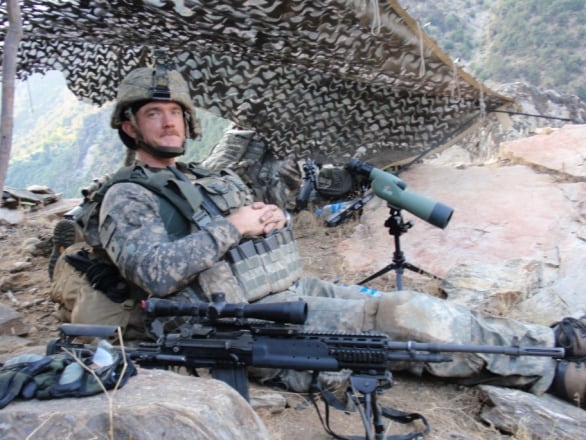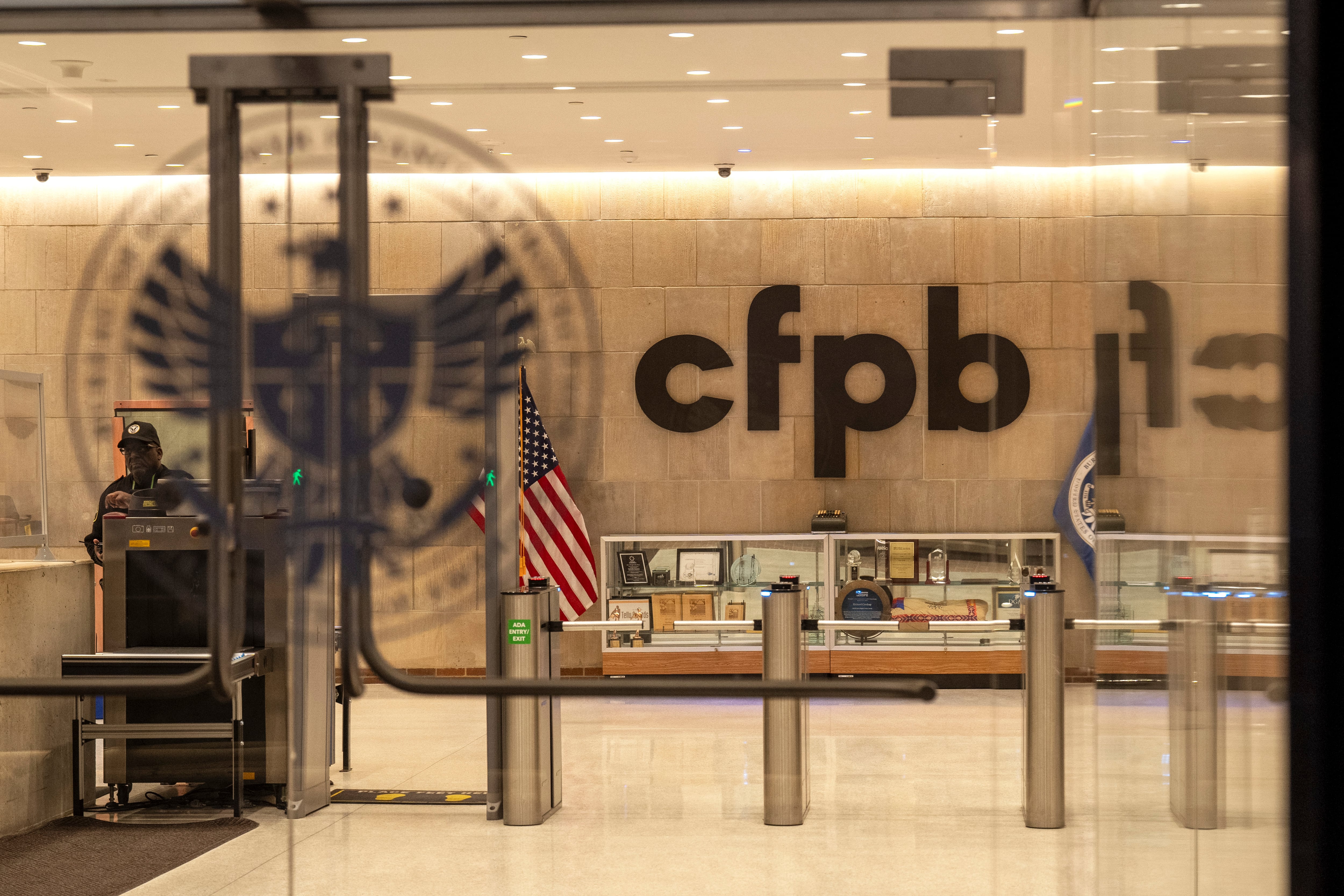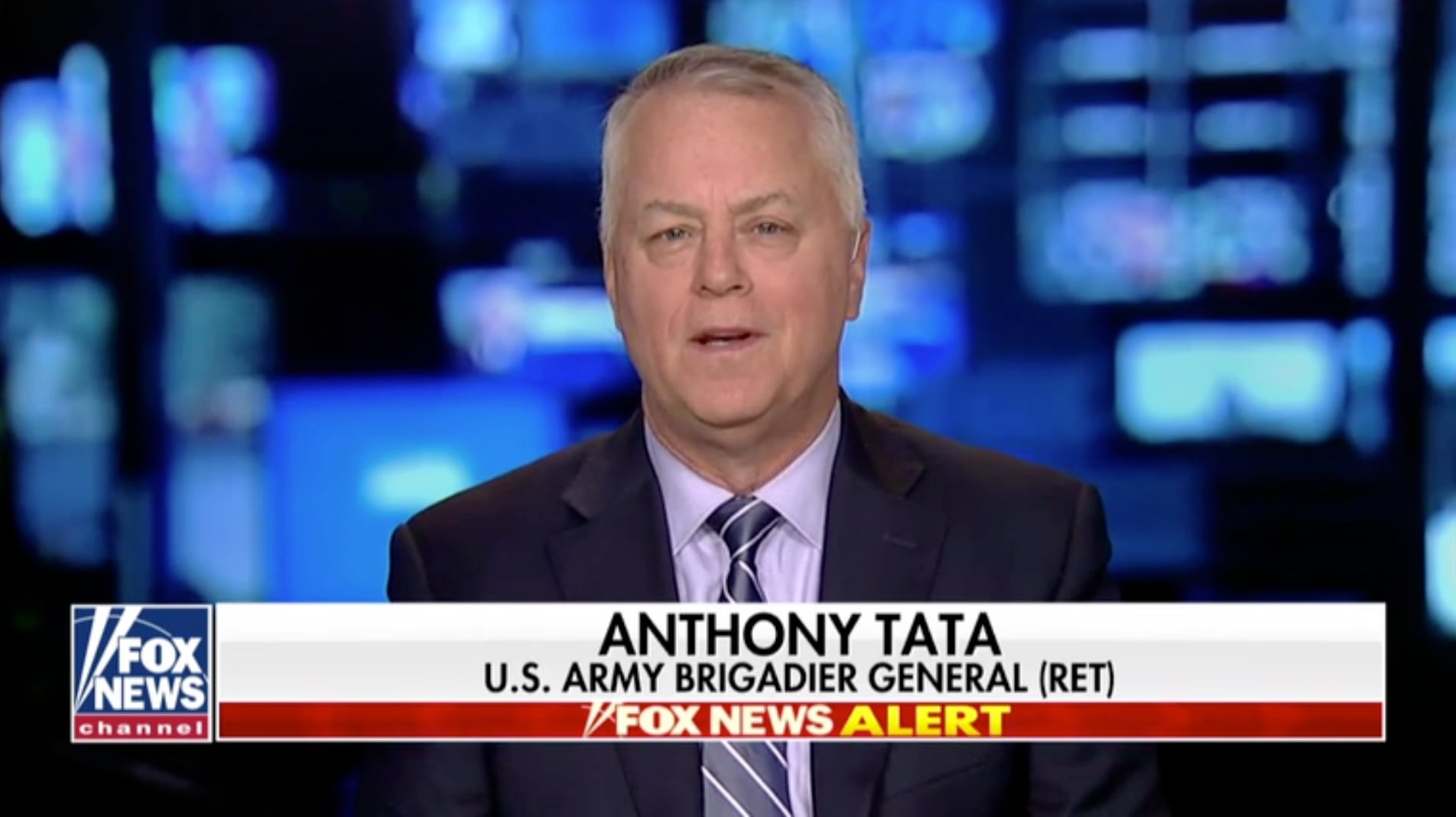📷 The battle at Combat Outpost Keating, which took place 10 years ago today, remains one of the deadliest attacks on U.S. forces since the beginning of the war in Afghanistan — and it is the first battle to produce two Medal of Honor recipients since the Battle of Mogadishu 26 years ago.
On Oct. 3, 2009, a force of about 50 Americans faced down as many as 400 enemy fighters intent on overrunning COP Keating in eastern Afghanistan.
Outnumbered and outgunned, the soldiers fought for hours, successfully fending off the enemy attack. Eight soldiers were killed and about two dozen others were wounded.
On February, 11, 2013, former Staff Sgt. Clinton L. Romesha received the nation’s highest award for valor for his actions throughout the 13-hour battle.
Romesha’s troop-mate, Staff Sgt. Ty M. Carter, was awarded the Medal of Honor during a White House ceremony Aug. 26.
Carter, 33, was the fifth living service member to receive the Medal of Honor for actions in Afghanistan or Iraq. Seven service members have posthumously been awarded the Medal of Honor for their actions in those wars.
Romesha left the Army in April 2011.
He went on to write a book about that battle with Kevin Fedarko, called “Red Platoon: A True Story of American Valor."
Carter left active duty in October 2014.
At least nine other soldiers from B Troop, 3rd Squadron, 61st Cavalry Regiment, 4th Brigade Combat Team, 4th Infantry Division, at Fort Carson, Colo., have been awarded the Silver Star, the nation's third-highest award for valor, for their actions at COP Keating.
Staff Sgt. Justin Gallegos, originally earned the Silver Star for his actions during the battle that took his life back in 2009.
In December, 2018, his son MacAiden accepted the Distinguished Service Cross, the Army’s second-highest award for valor, on his behalf in a ceremony at Joint Base Elmendorf-Richardson, Alaska.
With two Medals of Honor one Distinguished Service Cross least eight Silver Stars, B Troop is one of the most highly decorated units from a single battle since the beginning of the war.
They include the platoon leader who ran operations that day and the physician assistant who treated numerous casualties and gave his own blood to keep one of his patients alive.
Carter and Romesha have both credited their fellow soldiers for getting them through that day.
"When things really got rough they showed a real fighting spirit and performed with courage throughout the whole day," Carter said. "The trust we had [in each other] on that day is unmatched."
Romesha, who was a section leader in B Troop, said he and his fellow soldiers "weren't going to get beat that day."
"Having those guys over there, those dear friends, we were all one team that day," he said. "Throughout the course of the day, knowing they're relying on you just as much as you're relying on them, kept me going."
The fight of their lives
At 5:58 a.m. Oct. 3, 2009, the enemy launched its attack from all four sides of the small COP, which was nestled in the bottom of a valley surrounded by towering mountains.
About 50 American, 20 Afghan and two Latvian soldiers were stationed at COP Keating, along with about a dozen Afghan security guards. Nearby, the 19 American and 10 Afghan soldiers at Observation Post Fritsche also came under heavy fire.
Firing a recoilless rifle, rocket-propelled grenades, mortars, machine guns and rifles, the enemy quickly wreaked havoc on the two positions.
In two minutes, the first U.S. soldier was killed as the enemy targeted the COP's mortar pit and pinned down the soldiers at OP Fritsche, preventing them from providing supporting fire to COP Keating.
The Afghan troops and security guards reportedly quickly abandoned their posts, leaving the Americans and Latvians to fight alone.
During the first three hours of the battle, mortars hit the COP and OP every 15 seconds, and in less than an hour, the enemy swarmed the COP, breaching the Afghan army side of the compound. The enemy eventually set fire to the small outpost, destroying almost 70 percent of it.
According to the citation accompanying Romesha's Medal of Honor, the staff sergeant moved under intense enemy fire to reconnoiter the battlefield and seek reinforcements from the barracks before returning to action with the support of an assistant gunner.
Romesha "took out an enemy machine gun team and, while engaging a second, the generator he was using for cover was struck by a rocket-propelled grenade, inflicting him with shrapnel wounds," according to the citation.
Undeterred by his injuries, Romesha continued to fight, and upon the arrival of another soldier to aid him and with the assistant gunner, Romesha again "rushed through the exposed avenue to assemble additional soldiers."
As the enemy fighters continued their barrage, Carter, armed with a fresh supply of ammunition, ran 100 meters across open ground to a Humvee equipped with the Long Range Advance Scout Surveillance System, according to an Army narrative of Carter's actions.
Inside were Sgt. Bradley Larson, Staff Sgt. Justin Gallegos and Spc. Stephan Mace. Staff Sgt. Vernon Martin would soon join them.
Carter got into the truck, next to Mace, who was doubled over in pain, according to "The Outpost," a book by journalist Jake Tapper that details the history of COP Keating and the Oct. 3, 2009, battle.
As the five men sought cover in the truck, bullets and rocket-propelled grenades continued to rain down on the COP.
Gallegos told Carter they needed lubricant for the Humvee's .50-cal machine gun and additional ammunition, so Carter "ran the gauntlet a second time" and busted into the ammunition supply point, according to the Army.
After he returned to the truck, an RPG exploded three feet from the turret, Tapper wrote, knocking Carter unconscious. Carter, Larson and Martin suffered shrapnel wounds.
Not long afterward, they awoke to find enemy fighters inside the wire. The enemy had breached the COP.
Both crew-served weapons on the Humvee were disabled, and the vehicle was still the target of heavy small-arms fire, according to the Army narrative.
'You're no good dead'
After quickly hatching a plan to link up with the remaining soldiers in B Troop, the men got out of the truck and tried to run for cover.
Carter and Larson provided covering fire while Gallegos helped Mace out of the truck. Gallegos, Mace and Martin took off from the truck but were quickly forced to turn around.
"Bullets were splashing all around his feet, and then one hit him. Gallegos turned around and fired; another round hit him. He kept firing. Mace, on the ground, on his elbows, was also struggling to get back toward the truck. He'd been hit with small-arms fire and RPG shrapnel. Both of his legs had been shredded with enemy metal, and thanks to two bullets in his back that had exited out his front torso, he was bleeding out of his abdomen," according to "The Outpost."
An enemy bullet struck Gallegos in the head, killing him.
Carter and Larson, after killing two enemy fighters who were moving toward the Humvee, got back into the truck.
Mace was still outside, 10 to 15 yards in front of the truck, crawling on his elbows, trying to reach them, Tapper wrote.
"Mace is there. I'm going to get him," Carter said.
But Larson refused, saying, "You're no good to him dead."
At the same time, Sgt. Joshua Hardt, Spc. Christopher Griffin and Pvt. Edward Faulkner Jr., were in a second Humvee. The men had braved the punishing hail of gunfire to reinforce the battle position, according to the Army narrative.
They quickly became the target of RPG fire — eight successive RPGs hit the truck — and a squad of enemy fighters that had breached the COP.
Hardt was killed as he tried to leave the Humvee.
Carter and Larson, stuck in their truck, killed two enemy combatants and wounded one, forcing the enemy squad to retreat and giving Griffin and Faulkner the opportunity to run toward the command post, according to the Army narrative.
Faulkner made it safely, but Griffin was killed, according to the narrative.
Running low on ammunition and intent on finding out if anyone was still in the vehicle, Carter crawled through dust and gravel under intense enemy fire to the second Humvee. The Humvee was empty, but Carter grabbed an M249 light machine gun and an M203 grenade launcher and crawled back to Larson, according to the narrative.
The men de-linked the ammunition for the M249 and replenished their M4s.
"Wounded, outmanned and outgunned, Carter and Larson still suppressed the enemy's assault teams," according to the narrative. "Their accurate fire under extreme duress, with no margin for error, prevented the breach of COP Keating's vulnerable southern flank."
Retaking the outpost
On the other side of the COP, Romesha and other soldiers were beginning a fresh assault to take back their outpost.
"With complete disregard for his own safety, Romesha continually exposed himself to heavy enemy fire as he moved confidently about the battlefield, engaging and destroying multiple enemy targets, including three Taliban fighters who had breached the combat outpost's perimeter," according to the citation.
As the enemy attacked the COP with "greater ferocity, unleashing a barrage of rocket-propelled grenades and recoilless rifle rounds," Romesha "identified the point of attack and directed air support to destroy over 30 enemy fighters."
When Mace, who was still exposed, was struck with a new volley of gunfire and pleaded for help, Carter decided he had no choice but to try and reach him, according to the Army narrative.
Small-arms fire raked the Humvee and the ground as Carter jumped out and ran to Mace.
Carter quickly "staunched Mace's bleeding and placed a tourniquet on his shattered leg. With enemy fire intensifying around him, Carter summoned the strength to lift Mace and carried him through the hail of bullets up to the rise and to the Humvee," the narrative states.
Carter and Larson continued to fight, and as their ammunition dwindled, they feared that the rest of COP Keating had been overrun, according to the narrative.
He got out of the truck and ran toward the tactical operations center while Larson provided covering fire, according to the Army narrative.
He found Gallegos' radio and, upon hearing friendly forces, he ran back to the truck and handed the radio to Larson, according to the Army.
They fired everything
First Lt. Andrew Bundermann, who was running the battle and was later awarded the Silver Star, quickly organized an airstrike, mortar strikes, and allowed for Romesha and the other men to fire on the enemy at the same time to provide cover for Larson and Carter to carry Mace to the aid station.
As the Americans fired everything they had, Carter and Larson got Mace onto a stretcher and ran for cover.
Carter and Romesha continued to fight until reinforcements arrived more than 12 hours later.
Mace died from his wounds after he was evacuated from COP Keating.
Larson was awarded a Silver Star for his actions.
After the battle, COP Keating, which had been slated for months to close but had remained open because of continual delays, was shut down and destroyed.
Carter continues to struggle with memories of that day.
One of the most difficult things he has done was speak with Mace's mother.
"That was one of the harder parts, telling Mace's mother that I'm sorry I didn't get to him in time," Carter said.
Carter also was one of the last people to see Gallegos and Martin alive.
"It's bad to be the last one to see these men alive, to believe you failed somebody after doing everything you could," Carter said, his voice choked with emotion.
'Something changed'
Carter's platoon sergeant at the time, Sgt. 1st Class Jonathan Hill, saw almost immediately that Carter needed help.
The men had barely left COP Keating when Hill "saw there was a problem in me, something had changed in a bad way," Carter said.
Hill escorted Carter to see Capt. Katie Kopp, a behavioral health specialist for the unit, and, together with the chaplain, they worked with Carter in Afghanistan and later back at Fort Carson, Colo.
Carter continued to receive treatment when he moved to Joint Base Lewis-McChord.
"Because of them, I can function very well as a citizen and also continue to be a professional soldier," Carter said. "The entire team and my leadership have helped me be where I am today."
Carter, who is committed to the Army at least until 2018, is focused on telling his brothers' story.
"I'm just trying to do what I can to make sure the soldiers from COP Keating receive the recognition they deserve," he said. "When I'm no longer needed to tell the story and assist in the remembering of the actions of Black Knight Troop and the men who fell, when that's completed, I will be able to choose my direction after that."
Carter said he joined the Army for a simple reason.
“Family is everything, whether it’s the one I have at home or the brothers and sisters I have here in the Army,” he said. “When we fight, we fight for each other. I joined, I served, to protect both of my families.”





